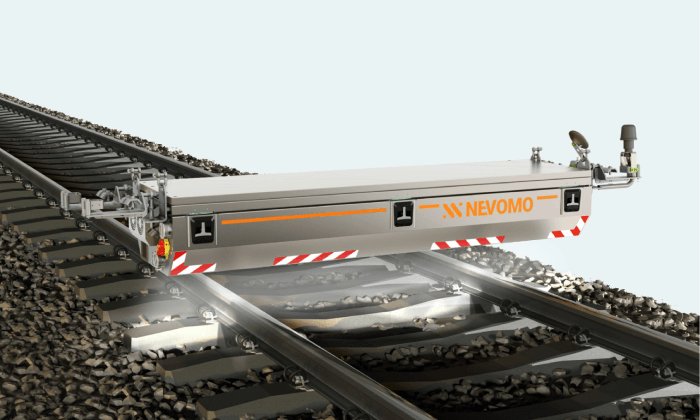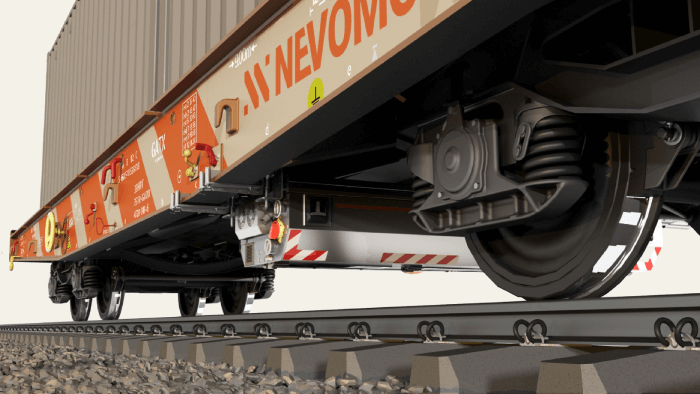Main problem
The tedious and repetitive process of measuring and assessing track condition and the lack
of generational exchange among the aging skilled expert personnel is generating ever-increasing costs for
maintaining rail infrastructure.
The lack of emergence of new revolutionary solutions and decisive response of
infrastructure managers to this problem will cause further aggravation of the problem and high financial
losses in the near time frame.
-
Low efficiency of manual measurements
-
High cost of maintenance personnel
-
Lack of automation of the process
-
High cost of diagnostic equipment
Solutions
The device, attached to existing rolling stock, allows measuring and assessing the condition of railroad
infrastructure during operational rolling stock runs.
Created for infrastructure managers and maintenance entities, it has been designed to be easily installed
on operational wagons, locomotives, or diagnostic vehicles. Automatically identifies more than 15 different
types of defects on rolling surface, fastenings, sleepers and track bed, such as sleeper cracks, loss of
ballast, which are impossible to detect using alternative non-manual assessment methods.
The system is able to acquire images and measurements from independent cameras and scanners for
the complete inspection of the track infrastructure with speeds up to 120 kph. An advanced AI algorithm is
processing the data recognizing the possible defects with a machine learning model based approach.
Supporting the maintenance processes for railways
Measurement Automation
Performing track inspections using machine vision instead of manual inspections,
significantly simplifying the planning and execution of rail infrastructure maintenance processes with
less personel engagement.
High inspection efficiency
Measuring up to 400 km of railway tracks per day (depending on the rolling stock used) –
40 times more than with manual inspection in the same time frame.
Low system operating costs
Introducing an unprecedented business model that strongly relieves the customer of the
personnel and monetary expenses associated with acquiring, maintaining, and operating the
system.
Digitization of expertise and data
Unification of expert knowledge while saving and storing the volatile expertise and
replacing it with a digital memory, effecting in remarkably repeatable and reliable defect detection and
evaluation with up to 96% accuracy.
Ease of use
Dedicated streamlined application that allows interaction with the system for AI
prediction refinement and generating digital reports on the condition of rail infrastructure from preset
measurement sections.
Modular design
Easily adaptable to different types of rolling stock and specific needs of the customer,
allowing easy expansion of the system with new functionalities (extension of the analyzed area, creating
digital twins, BIM, etc.).
Service availability
Provide reports from measurements of inspected infrastructure on customer demand in no
more than one business day.
Measured parameters and detected defects
Track condition inspection
- Rails
- Crack
- Chipping
- Head check (HCH)
- Squat
- Fracture
Fastenings
- Missing fastening
- Missing elements (e.g. screw bolt)
Wooden sleepers
- Wide crack
- Signs of wood rot
- Bevelling
- Lack of sleeper (significant degradation)
Concrete sleepers
Ballast
- Completely covered sleeper
- Splashes on ballast
- Ballast level



